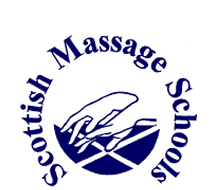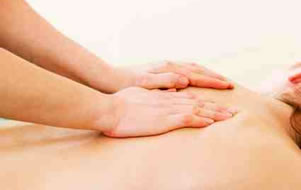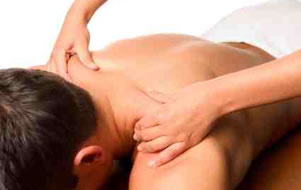Diploma in Swedish Massage (DSM)
Syllabus
Module 1: Anatomy, Physiology and Pathology
- Cells, Tissues, Organs & Systems of the body
- The skeletal system
- The muscular system
- The integumentary system
- The cardiovascular system
- The lymphatic system
- The nervous system
- The endocrine system
- The respiratory system
- The digestive system
- The urinary system
- The reproductive system
- Pathology of each of the systems of the body
- Homeostasis
- Inflammatory Response
Module 2: Stress Management
- Stress & long-term effects
- Stress and disease
- General Adaptation Syndrome:
- Stress Management & relaxation
- Relaxation techniques
Module 3: Swedish Massage
- The history, philosophy and role of Swedish Massage
- The benefits and physiological effects of massage - general and specific including the effects of massage on the different systems of the body
- How to present oneself professionally with due regard to hygiene, manner and posture
- The preparation and maintenance of the working area with due regard to the safety and comfort of the client.
- Cautions & contraindications
- The consultation, history taking and evaluation of the client, checking for cautions and contra-indications and assessing the client's needs, referring clients where appropriate.
- The safe and practical application of the movements of massage incorporating safe and efficient posture and the uses and effects of the different moves.
- Relating the manual techniques of massage to knowledge of anatomy and physiology
- Swedish massage to legs, feet, glutes, arms, back, neck & shoulders (seated and prone), abdomen, head & face. Full body massage.
- Care of clients with special needs:
- The evaluation of the effectiveness of the Swedish Massage, aftercare and advice, common client reactions to massage treatment.
Module 4: Practice Management
- Ethics and Professionalism
- Setting up, managing and promoting a Massage Therapy Practice
- Record keeping – taking and keeping client’s notes, keeping accounts, legalities, insurance and public liability
Module 5: First Aid
- Identifying the emergency condition
- Emergency procedures and immediate action response
- Cardio-pulmonary resuscitation
- First Aid management of burns, head injuries, strokes, heart attacks, fainting, choking, shock and haemorrhage
- First Aid treatment of sprains and strains.
Please see course syllabus for more information


